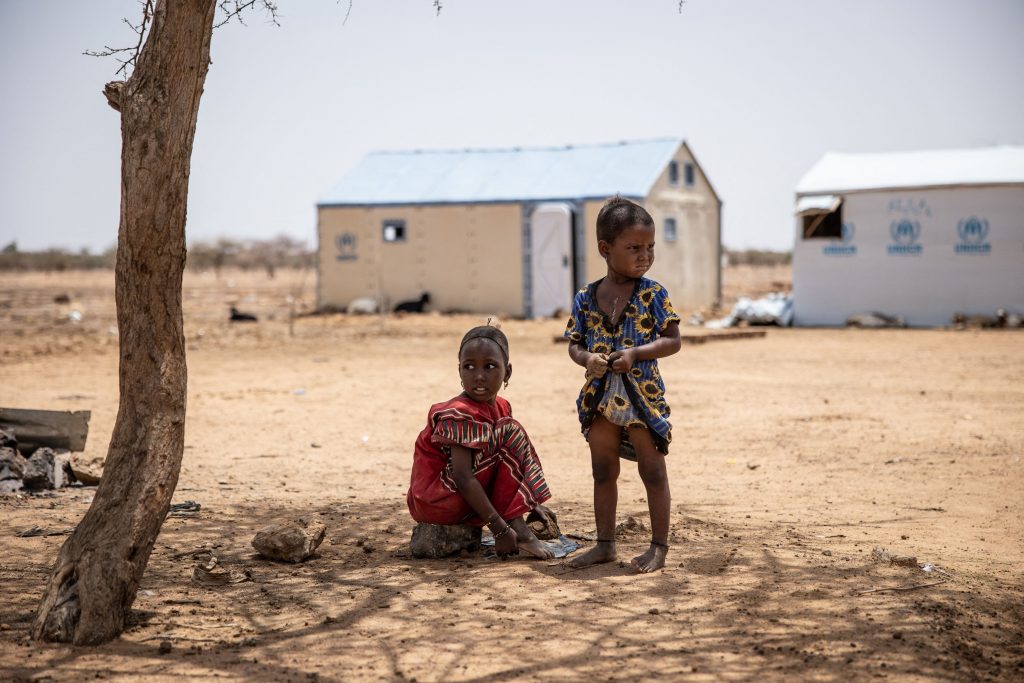- A Cornell University study linked extreme heat to malnutrition among West African children.
- Going hungry can lead to higher mortality rates and lower education and incomes in adulthood.
- A food crisis is unfolding around the world due to climate change and Russia's invasion of Ukraine.
Infants and young children are more vulnerable to the extreme heat blanketing the world than previously known.
Rising temperatures could wipe out progress reducing childhood malnutrition in West Africa, researchers warned in a study of more than 32,000 children between the ages of 3 and 36 months. This, in turn, could slow economic development, with malnutrition linked to higher mortality rates and lower education and incomes later in life.
"What is striking, and perhaps the most important takeaway, is that these heat effects are permanent," Ariel Ortiz-Bobea, an associate professor and applied agricultural economist at Cornell University and coauthor of the study, told Insider.
Ortiz-Bobea was part of a team that analyzed health and weather data from Benin, Burkina Faso, Côte d'Ivoire, Ghana, and Togo. Stunted growth from malnutrition was nearly 6% more prevalent among children who spent at least 12 days per month in temperatures above 35 degrees Celsius, or 95 degrees Fahrenheit, researchers found.
That kind of extreme heat is becoming more frequent as greenhouse-gas emissions from power plants, transportation, and agriculture warm the planet. If global temperatures rise by 2 degrees Celsius above preindustrial levels — a threshold climate scientists say is likely without steep emissions cuts — the average rate of stunted growth among children in West Africa could nearly double to 7.4%, and erase past gains.
"Here in the US, heat is often just an inconvenience," Ortiz-Bobea said. "But in many parts of the world, you can't just turn on the AC. Children in the most vulnerable regions aren't responsible for climate change yet are suffering the impacts. It's tragic."
The research landed amid a global food crisis caused by climate change and Russia's invasion of Ukraine, a major exporter of grains to developing countries in the Middle East and Africa. On Monday, shipments restarted under an agreement brokered by the United Nations, Turkey, and Ukraine.
Separate studies have shown that rising temperatures can cut yields for staple crops that account for two-thirds of all the calories humans eat, including wheat, rice, maize, and soybeans. Natural disasters such as heavy rainfall and drought are becoming more frequent and can destroy crops and livestock.
Cornell's research on malnutrition didn't capture how extreme heat affected the food supply in West Africa due to data limitations, Ortiz-Bobea said. While there is some evidence suggesting lower agricultural production could play a role, more research is needed to really pin that down, he added.
Either way, there is a dire need for more research and development in West Africa — and across the continent — to create new crop varieties that account for the local impacts of climate change.
"We need more people in the business of producing new seed technology farmers want to adopt," Ortiz-Bobea said.
